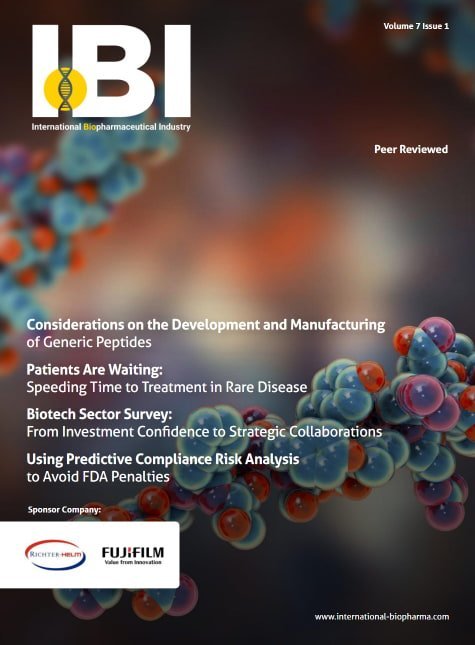Dive Brief:
- Vertex plans to advance an experimental drug it’s developing for acute pain into late-stage testing later this year after reporting positive results from two Phase 2 trials testing the medicine after bunion or stomach surgery.
- Treatment with a high dose of the drug, which Vertex designed to be an alternative to opioid-based painkillers, provided significantly greater pain relief than placebo over the first two days after surgery, Vertex said in a statement Thursday. Two lower doses did not show a meaningful benefit versus placebo in either trial.
- According to Vertex, side effects were most commonly nausea, headache and constipation and were generally classified as mild or moderate. Only two participants in one of the trials stopped treatment due to side effects, which the company said were not related to its drug.
Dive Insight:
Vertex’s drug, dubbed VX-548, is the product of years of work by the company to target a cellular pathway implicated in pain signaling. The biotech company advanced at least three other drug candidates aimed at the same target before settling on VX-548.
Carmen Bozic, Vertex’s chief medical officer, said in a statement that the data disclosed Thursday met the company’s “high expectations of achieving therapeutic pain control.” Vertex plans to discuss the results with regulators before advancing VX-548 into Phase 3 testing, which it anticipates beginning in the second half of 2022.
In the first trial, Vertex enrolled 274 patients undergoing bunionectomy and randomized them to receive either a placebo, one of three doses of VX-548, or a regimen of an opioid painkiller and Tylenol. The highest dose of VX-548 significantly improved pain relief versus placebo on a rating scale known as SPID48 and produced better scores than reported in the opioid group, although the company didn’t directly compare those two arms.
Neither the low nor the middle dose of VX-548 led to significant improvements over placebo and scores in the middle dose group were lower than observed in placebo — notable as companies typically hope to report a consistent relationship between increasing dose and treatment response.
The study is relatively small, however, and varying results could be due to several factors. “Pain studies are notoriously tricky due to wide placebo response, subjectivity, and variability,” wrote Michael Yee, an analyst at Jefferies, in a note to clients.
The second trial was set up similarly as the first and enrolled 303 patients who were undergoing abdominoplasty. Scores in the high dose group were significantly better than those in the placebo arm, and numerically higher than those in the opioid cohort.
Opioid painkillers, while potent, come with the risk of addiction, a danger that’s tragically unfolded in the epidemic of opioid overdoses in the U.S. Should VX-548 succeed in further testing, the drug could attract attention as an alternative option for managing pain.
The study results also boost Vertex’s drug pipeline, which has been the focus of investors who have questioned whether the biotech can replicate the success it has had in developing four approved medicines for cystic fibrosis. Several research setbacks, such as with a closely watched treatment for a rare liver and lung disease, have further raised the pressure on Vertex.
Recently, however, the company has strung together a number of research wins, driving its share price higher by 40% over the past six months. In December, Vertex reported promising study results for a kidney disease drug that help to validate a genetic approach to treating damage to the organ. Late-stage testing for that treatment will begin this month.
Vertex is also partnered with CRISPR Therapeutics on a gene editing treatment that the companies hope to soon submit to the Food and Drug Administration for approval in sickle cell disease and beta thalassemia.























